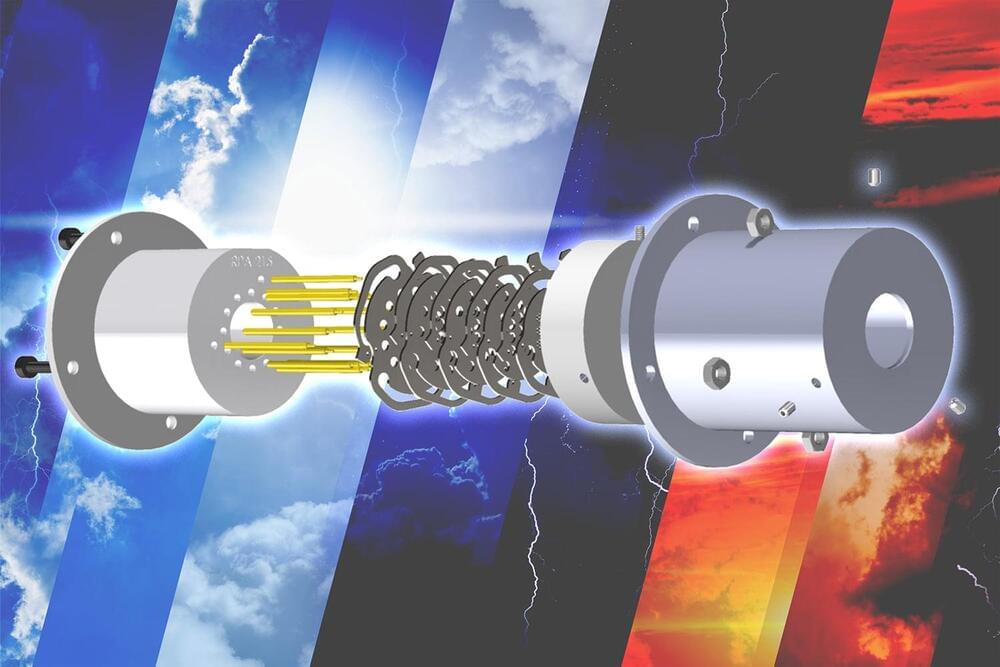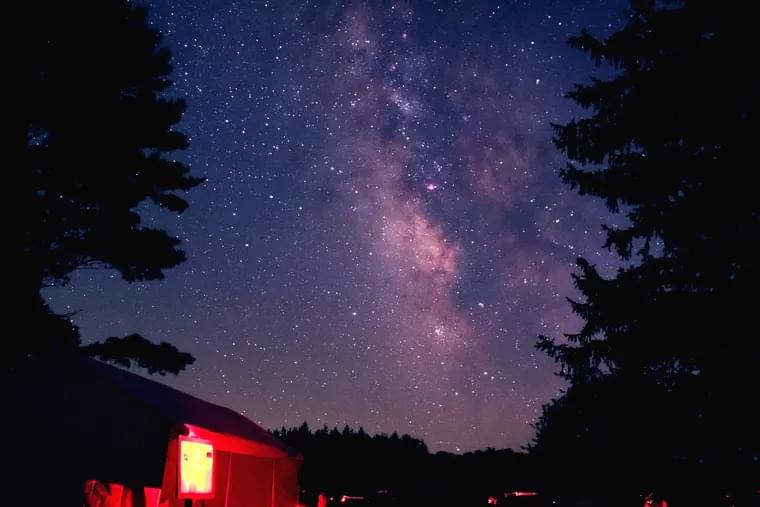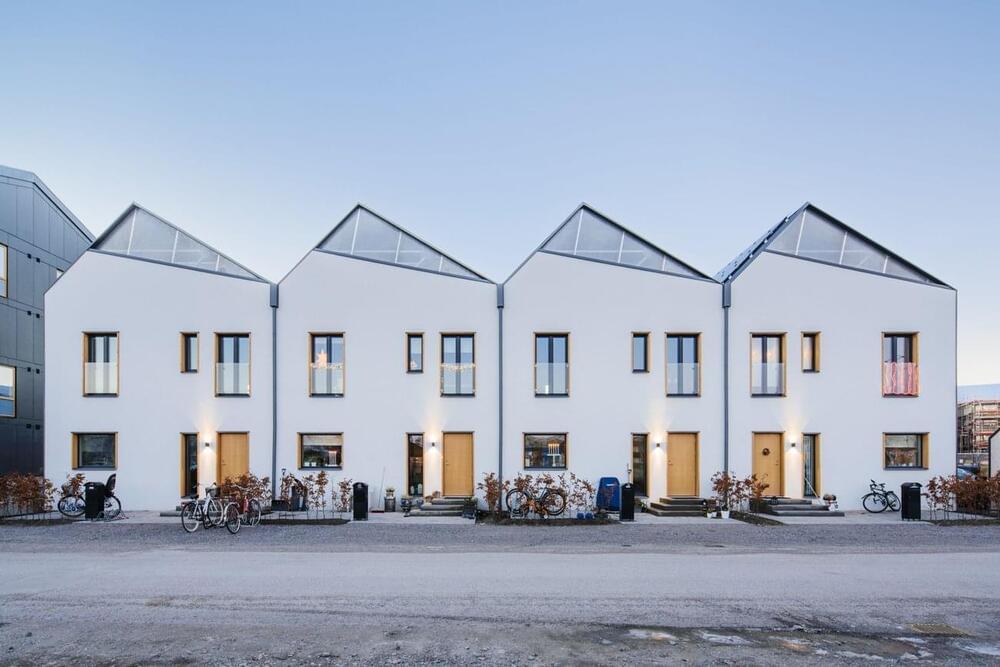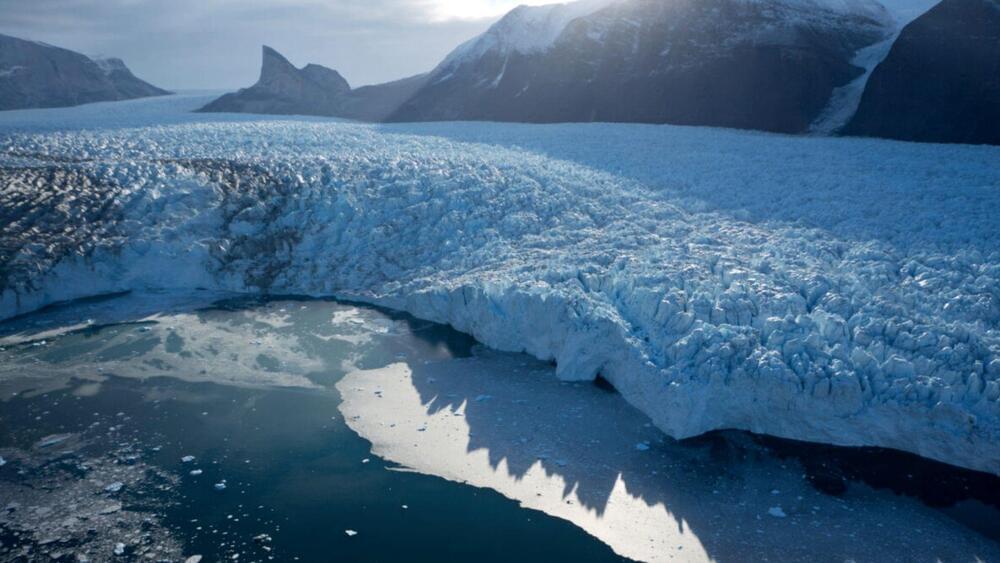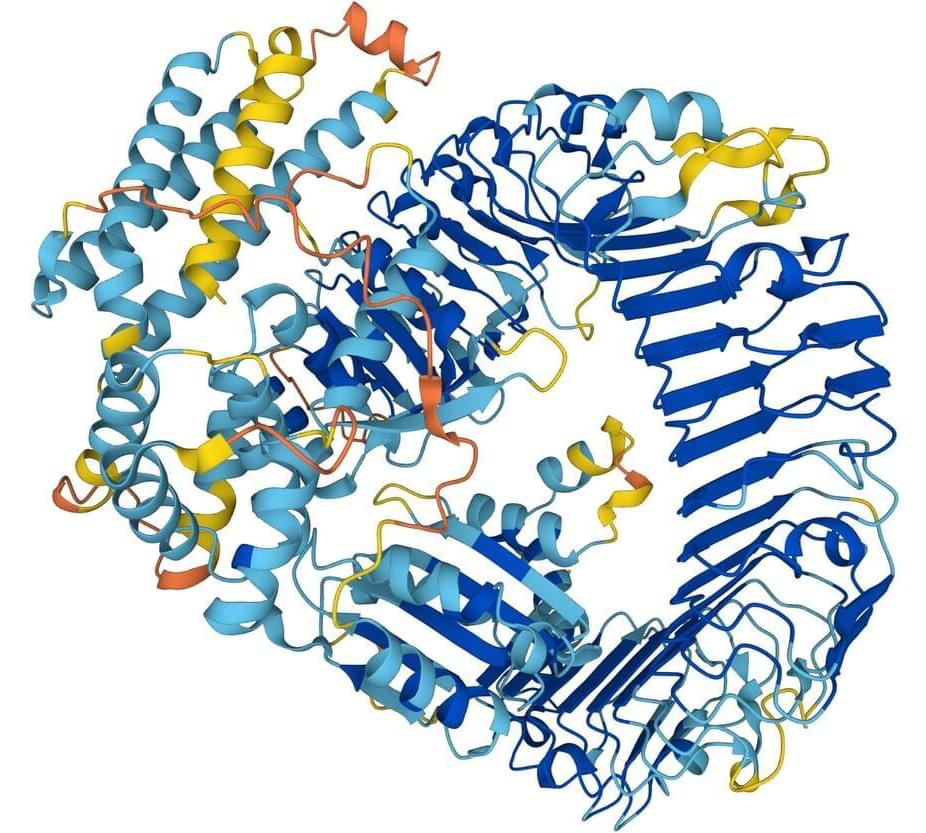Under the state budget passed last week, Pennsylvania’s conservation programs will receive a one-time, pandemic-related federal booster shot of $765 million for state parks, forests, streams, open space, farms, and home energy efficiency — an amount one environmental advocate called “generational.”
The funding means three new state parks, one possibly in the Philadelphia region, as well as a new ATV park, though locations haven’t been announced. The money, which is in addition to regular yearly budget funding, comes from the American Rescue Plan Act (ARPA), a $1.9 trillion federal economic stimulus bill signed by President Joe Biden last year as part of COVID-19 relief.
The ARPA funds, combined with an additional $56 million from the state’s Oil and Gas Lease Fund, and a $12 billion state surplus, mean that agencies routinely faced with declining or stagnant spending plans are suddenly getting a big lift.


